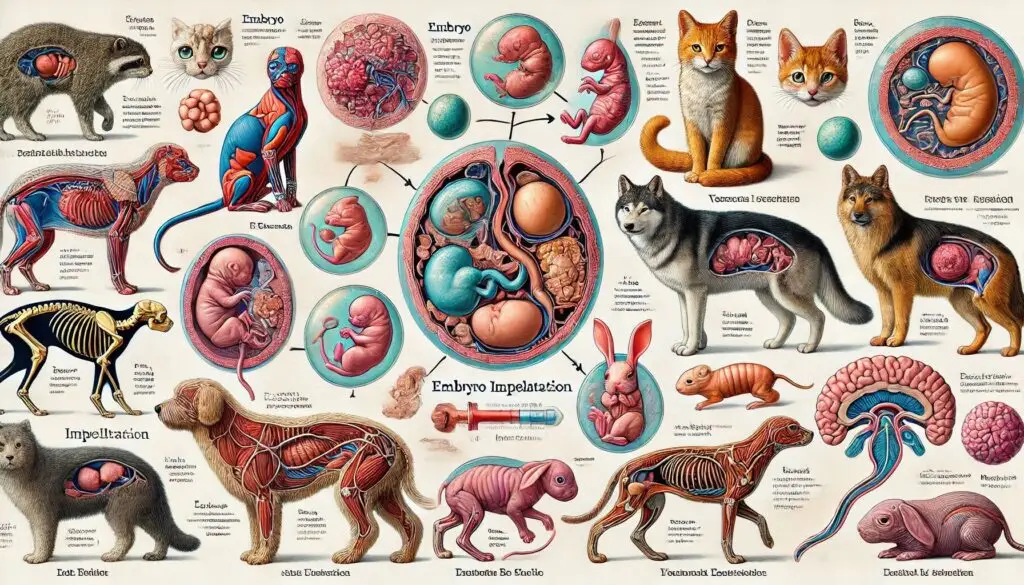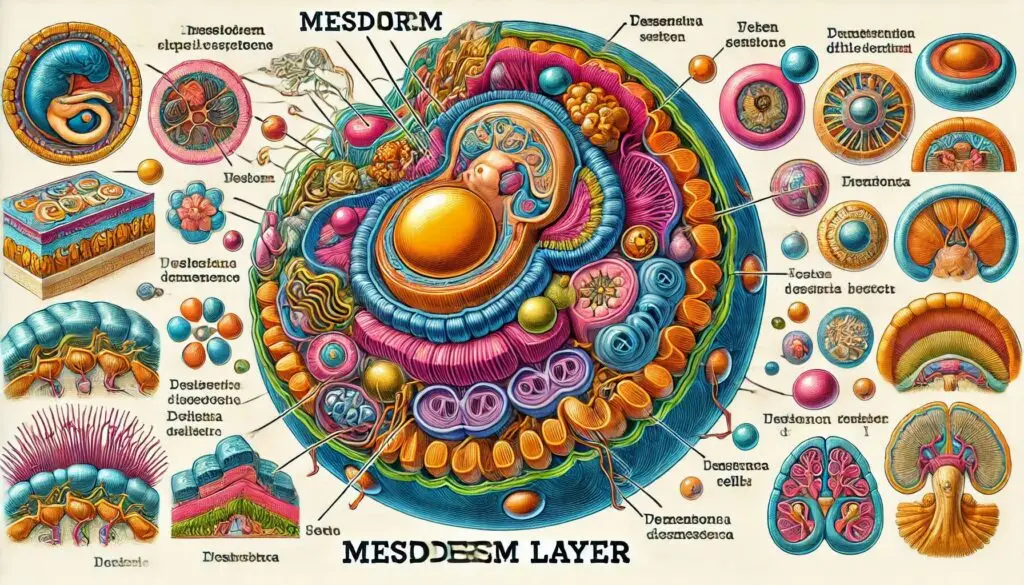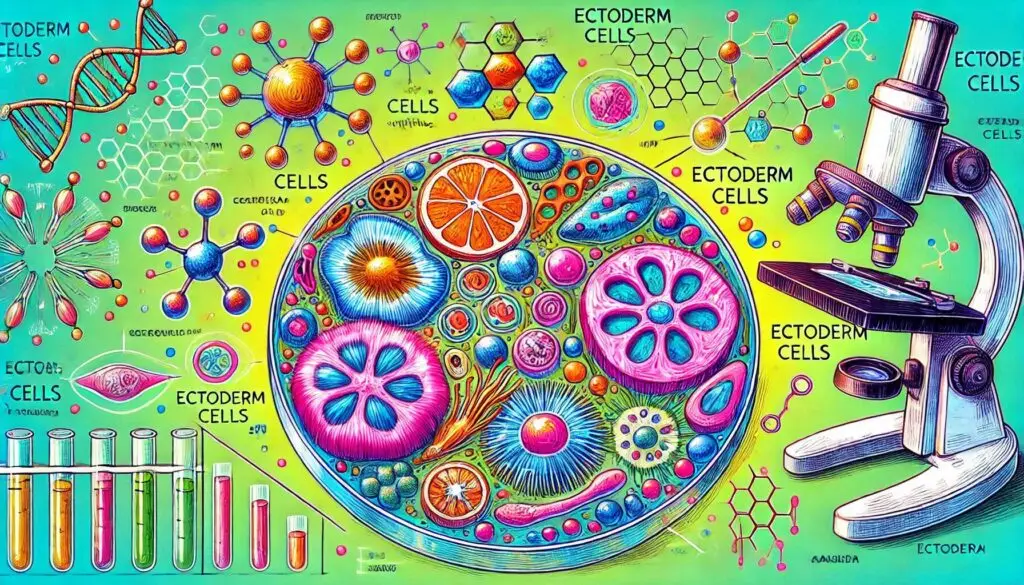Embryonic Tissues

Introduction to Embryonic Tissues
Embryonic tissues are essential for the development of multicellular organisms. These tissues originate from three primary germ layers: ectoderm, mesoderm, and endoderm. Each layer plays a unique role in forming various tissues and organs. Understanding embryonic tissues provides insights into developmental biology and can help in medical research.
What Are Germ Layers?
Germ layers are groups of cells that form during early embryonic development. They differentiate into specific tissues and organs. The three germ layers are:
- Ectoderm: The outer layer.
- Mesoderm: The middle layer.
- Endoderm: The inner layer.
These layers work together to create a fully functional organism.
Ectoderm: The Outer Layer
The ectoderm is the outermost germ layer. It primarily forms the skin and nervous system, making it crucial for many functions in the body.
Key Structures Derived from Ectoderm
1. Epidermis
The epidermis is the outermost layer of skin. It protects underlying tissues and helps regulate temperature. For more on skin structure, visit Skin Anatomy.
2. Hair Follicles
Hair follicles originate from the ectoderm as well. They play a vital role in hair growth and skin health.
3. Nervous System
The nervous system develops from neural ectoderm. This includes the brain and spinal cord. For an in-depth look at neural development, check out Neural Development.
Functions of Ectodermal Tissues
Ectodermal tissues serve several important functions:
- Protection: The epidermis acts as a barrier against pathogens.
- Sensation: Nerve endings in the skin detect stimuli.
- Regulation: Ectodermal tissues help maintain homeostasis.
Mesoderm: The Middle Layer
The mesoderm is the middle germ layer responsible for forming connective tissues, muscle tissues, and parts of the circulatory system.
Key Structures Derived from Mesoderm
1. Connective Tissues
Mesenchyme is a type of connective tissue derived from mesoderm. It can differentiate into various connective tissue types like bone and cartilage.
2. Muscles
Muscle tissues also originate from the mesoderm. There are three types of muscle:
- Skeletal muscle
- Cardiac muscle
- Smooth muscle
For more details on muscle types, see Muscle Tissue Overview.
3. Circulatory System
The mesoderm gives rise to blood vessels and heart structures. This development is crucial for transporting nutrients and oxygen throughout the body.
Functions of Mesodermal Tissues
Mesodermal tissues have several critical functions:
- Support: They provide structural support to organs.
- Movement: Muscle tissues enable movement.
- Transport: Blood vessels facilitate nutrient transport.
Endoderm: The Inner Layer
The endoderm is the innermost germ layer responsible for forming internal organs.
Key Structures Derived from Endoderm
1. Gastrointestinal Tract
The endoderm forms the lining of the gastrointestinal tract, which includes the stomach and intestines.
2. Respiratory Tract
This layer also gives rise to the lining of the respiratory tract, including lungs and airways.
3. Glands
Various glands such as the thyroid and pancreas develop from endodermal tissue. These glands play vital roles in hormone production and digestion.
For more information on glandular development, refer to Endocrine Glands.
Functions of Endodermal Tissues
Endodermal tissues perform several essential functions:
- Digestion: They aid in nutrient absorption.
- Respiration: They facilitate gas exchange.
- Hormonal Regulation: Glands regulate various bodily functions through hormones.
Dynamics of Embryonic Tissues
Recent research has shed light on how embryonic tissues behave during development.
Cellular Interactions
Cellular interactions within embryonic tissues can lead to complex behaviors. For instance, cells can exhibit properties similar to foams, where they interact dynamically to form structures.
Osmotic Pressure Control
Active force generation within cells influences tissue morphogenesis significantly. Osmotic pressure helps control cell shape and migration during development.
For further reading on cellular dynamics, check out Cellular Dynamics.
Conclusion
Embryonic tissues are fundamental to understanding how organisms develop from a single cell into complex beings with specialized organs and systems. Each germ layer contributes uniquely to this process, highlighting the intricate nature of biological development.
Understanding these processes not only enhances our knowledge of biology but also has implications for medical research and regenerative medicine.
For more pearls of Vets Wisdom:
Egg Yolk Citrate Dilutor






Responses